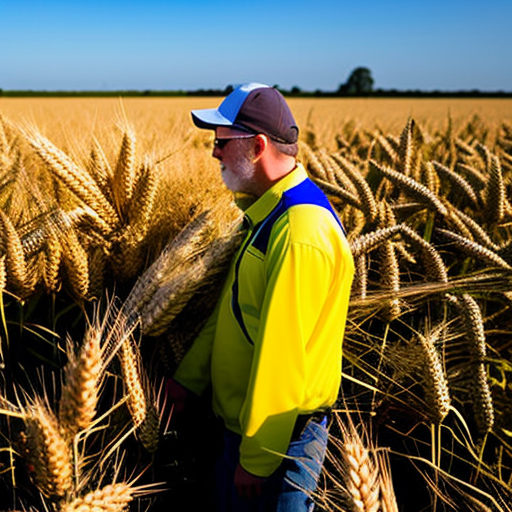Summary: Agroforestry is a sustainable land management system that combines the cultivation of trees with agricultural crops and/or livestock. It offers numerous environmental, economic, and social benefits, making it an attractive option for farmers and landowners. Agroforestry practices can improve soil health, enhance biodiversity, sequester carbon, provide shade and windbreaks, and generate additional income streams. By integrating trees into agricultural landscapes, agroforestry systems promote ecological resilience and contribute to climate change mitigation and adaptation.
Types of Agroforestry:
There are several different types of agroforestry systems, including alley cropping, silvopasture, windbreaks, and forest farming. Alley cropping involves planting rows of trees alongside agricultural crops, providing shade, wind protection, and additional sources of income from timber or fruit production. Silvopasture combines trees, forage crops, and livestock grazing, allowing farmers to benefit from both timber and livestock production. Windbreaks are rows of trees planted to protect crops and livestock from strong winds, reducing soil erosion and improving microclimates. Forest farming involves cultivating high-value crops, such as medicinal plants or mushrooms, under a forest canopy.
Benefits of Agroforestry:
Agroforestry systems offer numerous benefits for both the environment and farmers. One of the key advantages is improved soil health. Trees help prevent soil erosion, enhance soil fertility, and increase water infiltration, leading to better crop yields and reduced nutrient runoff. Agroforestry also promotes biodiversity by providing habitat for a wide range of plants, animals, and beneficial insects. The combination of trees and crops creates a more diverse and resilient ecosystem, reducing the risk of pest outbreaks and disease.
Another significant benefit of agroforestry is its potential to sequester carbon and mitigate climate change. Trees store carbon dioxide in their biomass, helping to reduce greenhouse gas emissions. Agroforestry systems can sequester significant amounts of carbon, making them valuable tools in climate change mitigation strategies. Additionally, the presence of trees in agroforestry systems provides shade and wind protection, reducing the need for irrigation and preventing soil moisture loss.
Agroforestry can also provide additional income streams for farmers. By diversifying their production, farmers can generate revenue from timber, fruit, nuts, or non-timber forest products. This diversification can help farmers withstand market fluctuations and increase their overall profitability. Agroforestry systems also offer opportunities for agro-tourism and eco-tourism, attracting visitors who are interested in experiencing sustainable farming practices and enjoying the natural beauty of tree-filled landscapes.
Challenges and Considerations:
While agroforestry offers numerous benefits, there are also challenges and considerations to be aware of. Agroforestry systems require careful planning and management, as the interactions between trees and crops can be complex. Farmers need to consider factors such as tree spacing, crop selection, and management techniques to optimize the benefits of the system. Additionally, the initial establishment of agroforestry systems can require significant investment and time before the benefits are realized.
There may also be policy and regulatory barriers that hinder the adoption of agroforestry practices. In some regions, land tenure systems or agricultural policies may not support or incentivize agroforestry. Lack of technical knowledge and training can also be a barrier for farmers interested in implementing agroforestry systems. Therefore, it is important to provide farmers with access to information, training, and financial support to encourage the adoption of agroforestry practices.
Conclusion:
Agroforestry is a sustainable land management system that integrates trees with agricultural crops and/or livestock. It offers numerous environmental, economic, and social benefits, including improved soil health, enhanced biodiversity, carbon sequestration, and additional income streams. Agroforestry systems contribute to climate change mitigation and adaptation, making them valuable tools in sustainable agriculture. However, careful planning, management, and supportive policies are necessary to overcome challenges and encourage widespread adoption of agroforestry practices.












